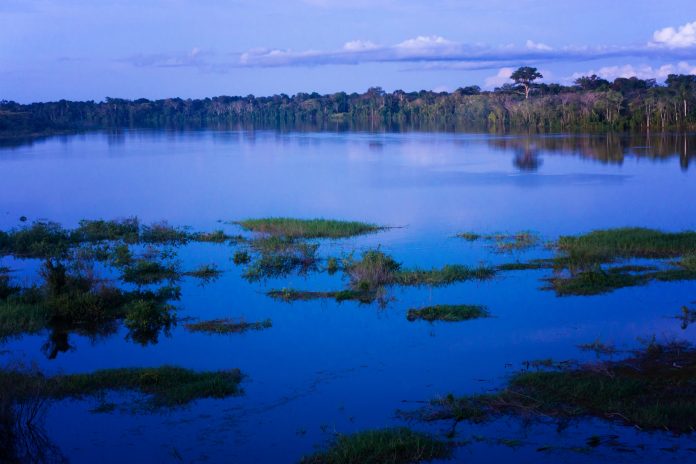Climate change is a huge, complex issue – now, scientists say that a 50% rise in carbon emissions will harm the Amazon more than deforestation does
From illegal mining in the Amazon to ongoing deforestation by loggers, the rainforest remains at the symbolic centre of activism about climate change.
The Indigenous communities who live there risk losing their ancestral lands and livelihoods, with every threat to the existence of the forest itself.
In this study, the scientists ran calculations on the supercomputer at the Center for Weather Forecasting and Climate Studies (CPTEC) in Cachoeira Paulista, state of São Paulo. They examined scenarios in which the atmospheric level of CO2 rose 50% and the forest was entirely replaced by pasture – to find out how these changes affected the forest over a 100-year period.
‘Plant physiology is affected’, warns researcher
David Montenegro Lapola, last author, said: “CO2 is a basic input for photosynthesis, so when it increases in the atmosphere, plant physiology is affected and this can have a cascade effect on the transfer of moisture from trees to the atmosphere [transpiration], the formation of rain in the region, forest biomass, and several other processes.”
Essentially, Lapola suggests that how the forest works can be permanently altered by an increase in carbon emissions.
The decrease in transpiration caused by rising levels of CO2 leads to a temperature increase of up to two degrees because there are fewer water droplets to mitigate the heat. This factor triggers a cascade of phenomena that result in less rain owing to inhibition of so-called deep convection – which are very tall rain clouds heavy with water vapour.
He further said: “To our surprise, just the physiological effect on the leaves of the forest would generate an annual fall of 12% in the amount of rain [252 millimeters less per year], whereas total deforestation would lead to a fall of 9% [183 mm]. These numbers are far higher than the natural variation in precipitation between one year and the next, which is 5%.”











